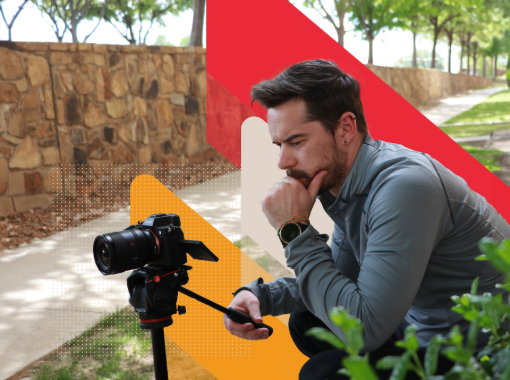Modern-day technology is more accessible now than it has ever been. More importantly, the internet is now more accessible than it has ever been, which brings about a new generation of the self-educated buyer. It is common for the consumer to have as much information about the product being bought as the salesperson selling it. If your website is the one providing that information, it will be in higher-standing with the user.
People expect to see high-end websites with thoughtful design and cutting-edge experiences. Unlike B2C impulse purchases, B2B businesses have to work longer to cultivate and educate their leads. If the first thing your potential lead sees (your website) isn’t on par with this standard, you will lose out on most opportunities.
In order to be your best salesperson, your website should:
1. Clearly state your brand’s USP (Unique Selling Proposition). This immediately differentiates you from your competitors making your business more memorable. Make sure to use the same vocabulary that your buyer persona uses. This means eliminating industry jargon and doing research to define who your actual target audience is. Information that is easier to understand will resonate more with the user and wipe out confusion.
2. Follow a style guide. A style guide assures your brand uses the same layout structure, color palette, typography, and design elements across all medias. People look for consistency and transparency within a brand and appreciate brands that not only know who they are but are also proud of who they are. These things are communicated visually with color, expressive/tasteful typography and design elements.
3. Cut out stock photography. In most cases, it is easy to distinguish between stock photography and custom photography. If the percentage of stock photography on your website exceeds the custom photography, it will discredit your legitimacy. People are drawn to images and they often trigger emotion making the experience more relatable and memorable. Use this to your advantage — imagery is another extension of your brand voice, and should be used the set the tone of your website.
4. Be responsive! Gone are the days where B2B buyers only looked at websites on desktop. A recent Boston Consulting Group report states that 70% of B2B buyers increased mobile usage over the past two to three years, which means if your website is not mobile responsive, it will be frustrating to the user creating tension with your brand and a potential buyer.
5. Be easy to navigate and find information. HubSpot’s research states 76% of consumers most important factor in the design of a website is one that makes it easy for them to find what they want. Your main objective should be to make the information your user is trying to find as easy to find as possible. This means leaving breadcrumbs so they know where they’ve been on the site, having headers or other indicators that say where you’re at at all times and getting the user to that information is as few clicks as possible.
Your website is often the first impression people have of your company. If it isn’t capable of capturing a lead, educating that lead and closing a deal with that lead, then your website is not sales-ready.
PRO-TIP — Ask one of your favorite clients to look at your website and let you know if they were new to you today, would they find all the information they need to make a review and make a decision to try or buy your product or service.




